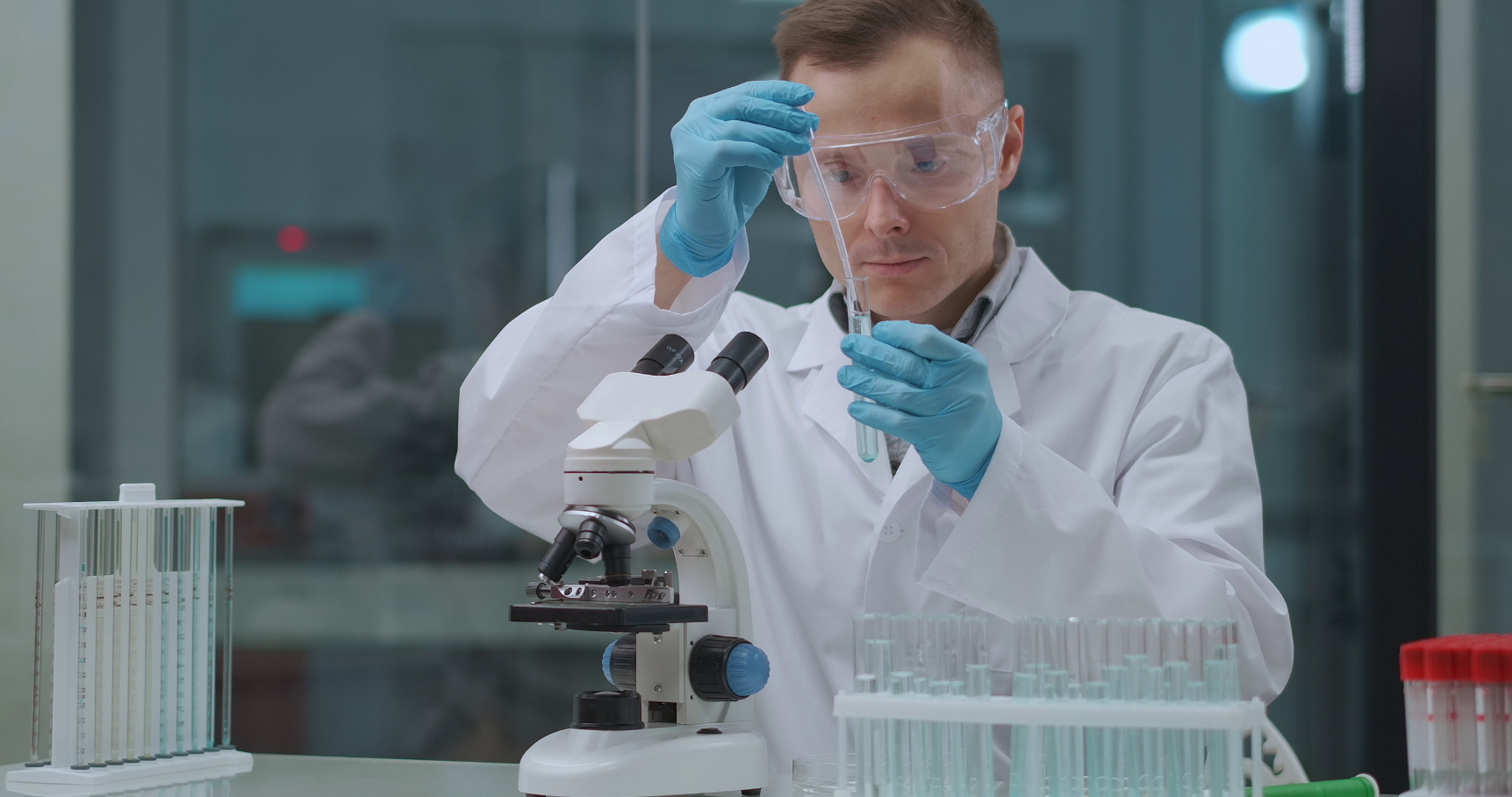Inside the Lab: How PCR Detects STIs from a Single Urine Sample
Blog Content
Many sexually transmitted infections (STIs) don’t show symptoms — yet they can still cause serious health consequences and spread silently. Traditional tests (microscopy, serology) often require invasive sampling (swabs, clinician visits), take longer, and sometimes miss low-level infections. By contrast, molecular diagnostics, especially PCR (Polymerase Chain Reaction), have transformed how we detect STIs. It allows for less invasive collection, higher sensitivity, and faster turnaround — making screening more accessible and patient-friendly.
What is PCR (Polymerase Chain Reaction)?
PCR is a laboratory technique that amplifies very small amounts of genetic material (DNA or RNA) from pathogens until they reach a detectable level. Unlike older tests that rely on live organisms, DNA-based STI testing can identify even trace amounts of genetic material.
In simple terms:
- A urine sample is collected.
- The lab extracts nucleic acids (DNA/RNA).
- Specific primers target the DNA/RNA of a microorganism (e.g., Chlamydia trachomatis).
- The sample is put through cycles of heating and cooling (denaturation, annealing, extension) to copy the target sequence.
- As copies accumulate, detection systems identify the presence of the pathogen with high accuracy.
Because PCR can detect minimal amounts of pathogen DNA, it is one of the most sensitive STI testing methods available today.
Why Urine + PCR is Effective for STIs
- Non-Invasive & Comfortable: A simple urine sample replaces vaginal, cervical, penile, or urethral swabs. The whole screening process is easier and more discreet.
- High sensitivity: PCR detects very low copy numbers of pathogen DNA, improving detection of asymptomatic infections.
- Multiplex capacity: Modern PCR allows testing for multiple pathogens in one run, including Chlamydia, Gonorrhea, Mycoplasma, Trichomonas, etc.
- Faster turnaround: PCR works on genetic fragments, producing results faster than culture methods.
Resources for Further Reading
- Polymerase Chain Reaction as a Diagnostic Tool for Six Sexually Transmitted Infections (PMC)
- Simultaneous real-time PCR detection of nine prevalent sexually transmitted infections (PLoS ONE)
- Multiplexed rapid technologies for sexually transmitted infections (The Lancet Microbe)
- Utility of pooled urine specimens for detection of Chlamydia trachomatis & Neisseria gonorrhoeae (JCM)
- The Power of PCR in STI Diagnosis (HealthTrackRx)
Sources:
- Choe, H.S. et al. Performance of Anyplex™ II multiplex real-time PCR for detection of sexually transmitted infections. International Journal of Infectious Diseases, 2013.
https://pubmed.ncbi.nlm.nih.gov/24095619/ - Naeem, F. et al. Multiplexed technologies for sexually transmitted infections. PLOS ONE, 2021.
https://journals.plos.org/plosone/article?id=10.1371/journal.pone.0255023 - Dichtl, K. et al. Multiplex PCR panels for accurate STI detection: A comparative study. Scientific Reports, 2023.
https://www.nature.com/articles/s41598-023-38121-w - Seegene Inc. Seegene Multiplex PCR Technology Overview.
https://www.seegene.com/tech/platform
